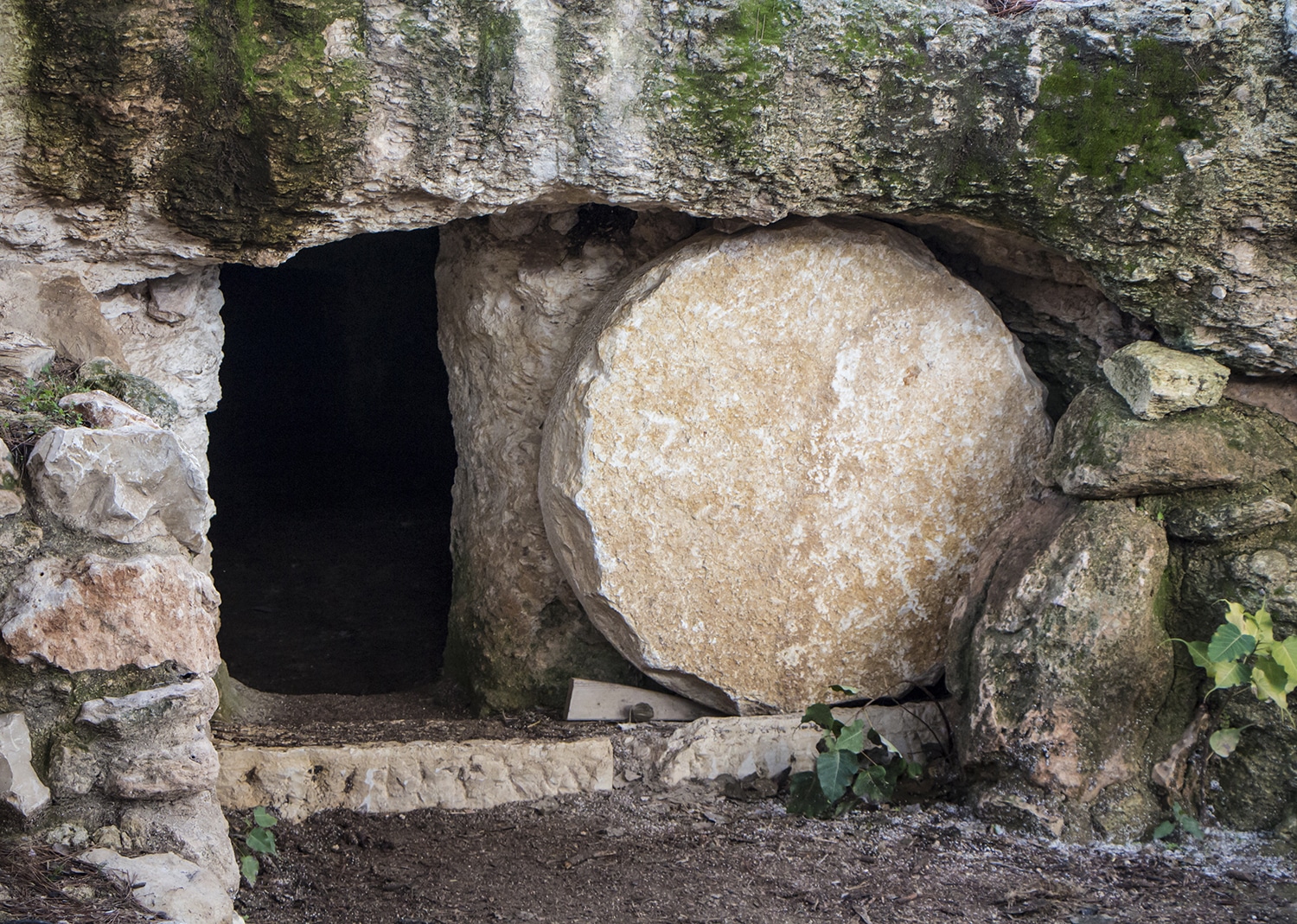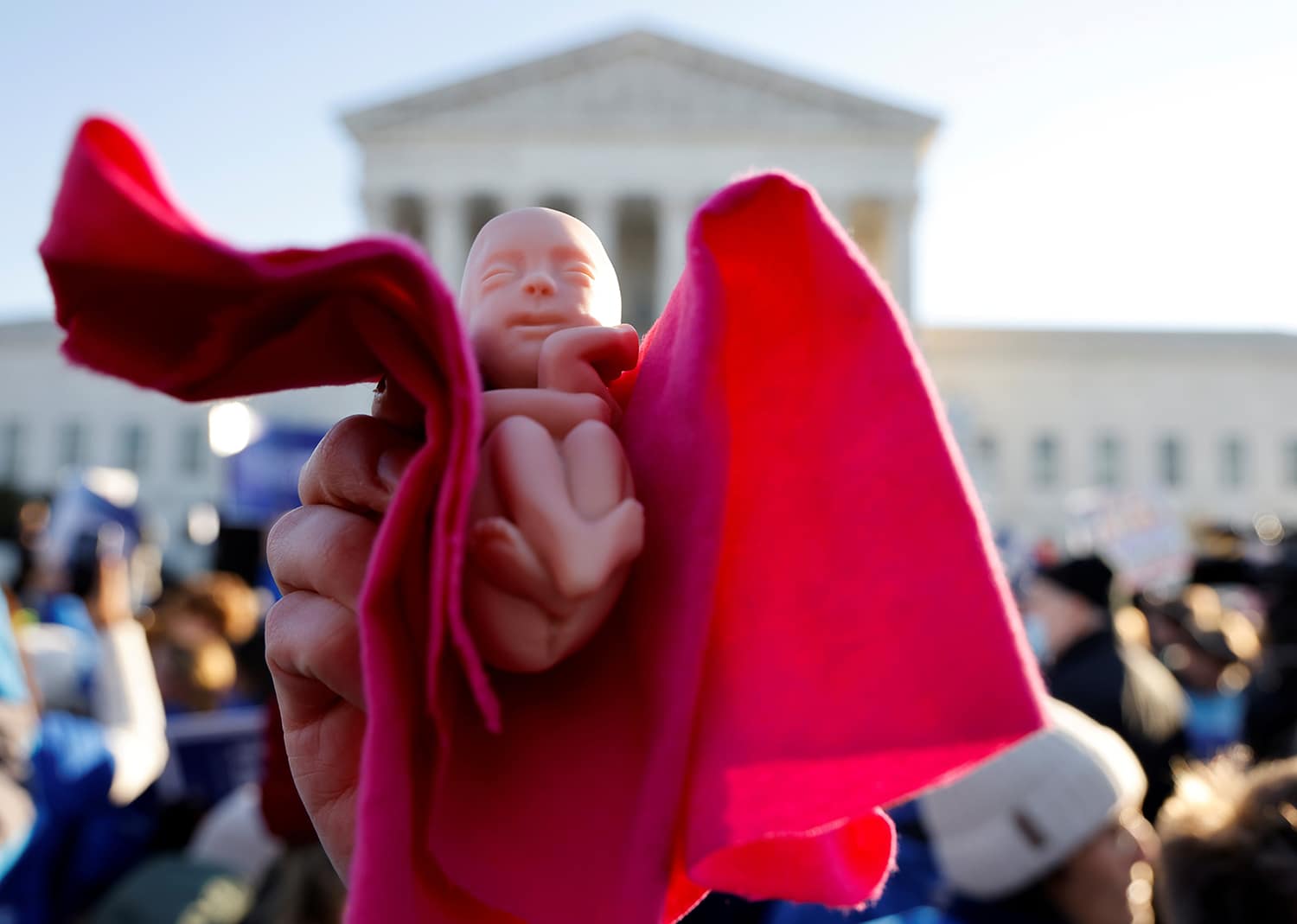Last Epiphany, my wife and I had our annual debate over whether to take down the Christmas tree. She has a weird dislike of finding pine needles on the floor. I don’t understand it.
She invokes the tradition of Christmas lasting through Epiphany. I argue that grace overflows the traditional rules, and that keeping up the Christmas tree beautifully symbolizes that truth, and that even as it loses its needles the lights still shine, which is a beautiful symbol of Christ living in us and shining through us even in our wretchedness.
You will be shocked and saddened to hear that she did not accept either argument.
I thought about this when I came across some reflections and sermons on Easter that spoke of the events reported in the Gospels as symbols of hope and happiness. These symbols seem to have moved the preachers, but they didn’t move me.
I first heard this kind of thing in my youth in churches where pastors and people had given up on dogmatic Christianity but not on Christian spiritual experience. I then ran into it a lot in my Episcopalian days, and then, disconcertingly, though for a different reason, after we entered the Church.
Some of them believed that the dead Jesus came alive again, others didn’t seem to, but they all treated the Resurrection less as a historical reality than as a symbol that pointed to what we might call existential hopes. They spoke of the Resurrection as a wonderful symbol of new life (just like spring flowers), of hope for better days, of the need to persevere under trial, of God’s love for us.
Good symbols point to realities
The ones who didn’t believe Jesus left the Tomb that Easter morning had to say something like this, or they wouldn’t have had an Easter sermon. For them, the symbol gives the story what value it has.
The ones who did believe in the Resurrection felt, I think, that they had to say something. They effectively, though unintentionally, treated the event as a symbol by focusing on what they think it means and not what it is. (My suggestion to these priests would be to take their insights from the Catholic tradition and testify to what the Resurrection means to them.)
Good symbols affect us because they point us to realities, in a way that makes the realities feel more real. They do this in a way that mere description doesn’t. They’re not like road signs that point you to the exit, but more like the car that brings you home.
But — and here’s what too many pastors forget — we have to believe in the realities for the symbols to move us. I can’t see why some people find symbols of unreality so compelling. The minister says that the dead guy stayed dead, but we have this story about him suddenly appearing to his friends and even having dinner with them, and of course he’s still dead, but doesn’t that story just make the world okay?
No, it doesn’t.
Jesus Christ, alive and present
We see this a lot in the way some people try to avoid the scandalous reality of the Eucharist. Even some Catholic priests speak of it as an act of the community and not as an encounter with the living God. They may well believe the Church’s teaching, but they don’t preach as if they do, again (I suspect) in the effort to say something.
The Eucharist is the same sort of event as the Resurrection: Jesus really shows up. Not as a symbol, but as himself.
There’s a famous story about Flannery O’Connor, when young and unknown, at a literary dinner with the major writer Mary McCarthy. “She departed the Church at the age of 15 and is a Big Intellectual,” O’Connor wrote in a letter to a friend some years later.
O’Connor had been quiet all evening, until in the early hours the group started talking about the Eucharist, “which I, being the Catholic, was obviously supposed to defend.” McCarthy said that as a child she thought of the Host “as the Holy Ghost, He being the ‘most portable’ person of the Trinity; now she thought of it as a symbol and implied that it was a pretty good one.”
That forced O’Connor to speak. “I then said, in a very shaky voice, ‘Well, if it’s a symbol, to hell with it.’ That was all the defense I was capable of but I realize now that this is all I will ever be able to say about it, outside of a story, except that it is the center of existence for me; all the rest is expendable.”
Jesus Christ is risen today: That changes the world. The idea that the story of a Jesus who didn’t rise teaches us hope, just like spring flowers: that doesn’t.







